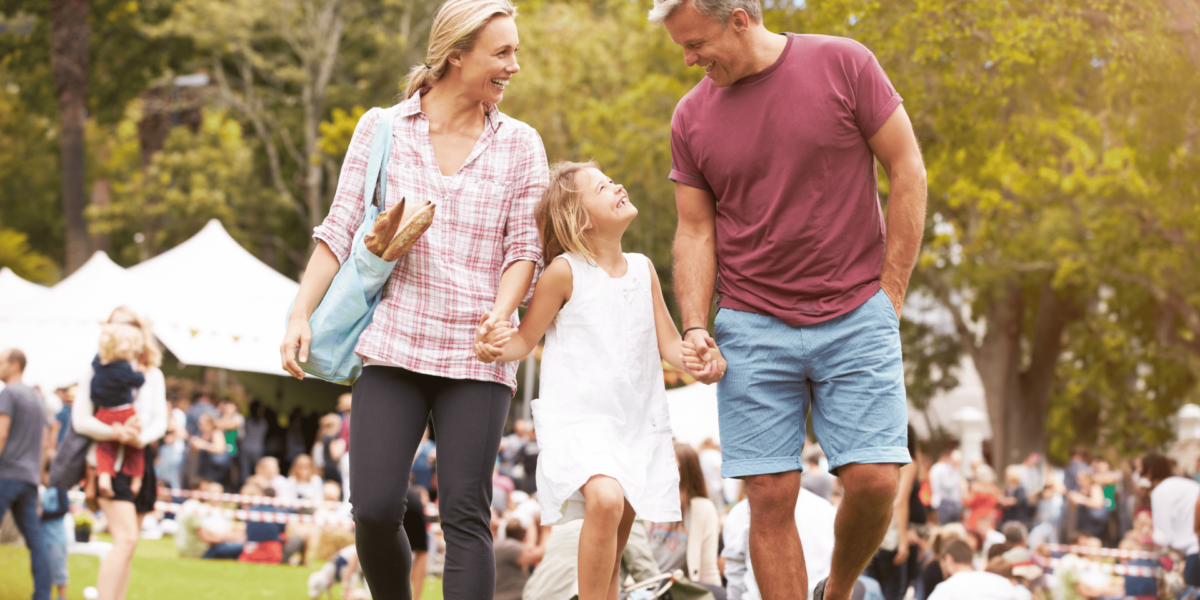Kviberg in Gothenburg thrives on more than its landscape and architecture—it thrives because of its people. Community events breathe energy into the park, transforming it from a quiet green area into a vibrant hub of local culture, recreation, and connection.
Behind each public gathering is a team of organizers, volunteers, and residents who work together to shape experiences that reflect Kviberg’s identity. These events are not spontaneous. They are carefully planned and structured to serve both the space and the people who use it.
Planning Begins with Local Engagement
Every successful event in Kviberg starts with community input. Organizers meet with neighborhood groups, school representatives, and small business owners to identify needs and opportunities. These conversations ensure that planned activities match local interests and serve the broader community.
In a realistic scenario, a local cultural group may request use of the square for a heritage festival. Event planners consult with stakeholders to secure approval, choose dates, and confirm logistics. This groundwork allows the event to take shape in a way that respects park users and fits the rhythm of the space.
Logistics Shape the Event Experience
Planning an event in Kviberg involves more than picking a date and time. Organizers map out space usage, set up power and water access, and apply for permits when necessary. Each element must comply with local regulations and consider the park’s environmental impact.
For instance, a temporary stage must avoid damaging root systems or blocking key paths. Waste management stations are strategically placed to support recycling and minimize litter. These behind-the-scenes details allow the public to enjoy events safely and comfortably.
Volunteers Play a Key Role in Execution
Many of Kviberg’s events rely on volunteers to support everything from setup to cleanup. These individuals manage tasks like guiding visitors, answering questions, distributing materials, and monitoring activity zones.
Volunteers are often residents who care about their community. Their presence adds a personal layer to the event, making visitors feel welcome and informed. Organizers coordinate training sessions before each event to ensure that every volunteer understands their role and the event’s structure.
Partnerships with Local Businesses Boost Sustainability
Collaboration with local vendors and businesses enhances the value of community events. These partnerships provide services, products, and sponsorships that help cover costs and attract diverse audiences. Local food trucks, pop-up shops, and art booths give events a distinct neighborhood character.
In a practical example, a weekend market might include booths from nearby bakeries and craft shops. These businesses gain visibility, while the event offers more value to visitors. The result is a sustainable ecosystem where commerce and community reinforce each other.
Design and Layout Improve Visitor Flow
Event layout directly affects how people move through Kviberg’s public spaces. Organizers use natural paths, open fields, and shaded areas to set up zones for performance, rest, and interaction. Thoughtful planning ensures that the space remains functional and safe for all users.
Temporary signage, seating arrangements, and sound systems are set up with careful attention to the park’s infrastructure. A well-designed layout prevents crowding, reduces noise spillover, and allows for easier transitions between activities.
Safety and Accessibility Are Built into the Plan
All Kviberg events follow safety protocols to protect attendees. These include first aid stations, accessible pathways, clear emergency procedures, and crowd management plans. Organizers work with local authorities to inspect venues and approve safety measures before each event begins.
Accessibility is also a top priority. Pathways are made wide enough for wheelchairs and strollers. Visual aids and audio support help visitors of all abilities navigate the event space. These measures ensure that all community members can participate fully.
Cultural Programming Reflects Local Identity
Events at Kviberg often include music, dance, storytelling, and food that highlight the area’s cultural diversity. Local artists, performers, and educators are invited to share their work, creating opportunities for deeper community connection.
In one scenario, a multicultural celebration might feature live music from several countries, food stalls with traditional recipes, and a small exhibit on the history of migration in Gothenburg. This kind of programming helps build pride and awareness among residents and visitors alike.
Evaluation Shapes Future Improvements
After each event, organizers collect feedback from attendees, volunteers, and partners. This information is used to evaluate what worked well and what needs adjustment. Surveys, social media responses, and on-site interviews help guide improvements for future events.
This continuous feedback loop ensures that Kviberg’s events stay relevant and responsive to the community’s needs. It also allows for creativity and experimentation, as organizers test new formats or explore untapped interest areas.
Community Events Strengthen Kviberg’s Social Fabric
The long-term impact of these gatherings extends beyond the event day. Community events create memories, forge relationships, and establish Kviberg as a shared space where everyone has a role. They transform the park into more than a physical location—it becomes a place where trust, identity, and public life are actively built.
Residents who participate gain a deeper sense of ownership over their public spaces. This emotional connection helps protect Kviberg from neglect and ensures that it continues to evolve as a living part of the neighborhood.
